#Romancero
Explore tagged Tumblr posts
Text




Ricardo Gómez photographed by Alfonso Ohnur for Esquire (2023)
27 notes
·
View notes
Text

Romance de la pena negra
Las piquetas de los gallos cavan buscando la aurora, cuando por el monte oscuro baja Soledad Montoya. Cobre amarillo, su carne huele a caballo y a sombra. Yunques ahumados sus pechos, gimen canciones redondas. —Soledad: ¿por quién preguntas sin compaña y a estas horas? —Pregunte por quien pregunte, dime: ¿a ti qué se te importa? Vengo a buscar lo que busco, mi alegría y mi persona. —Soledad de mis pesares, caballo que se desboca, al fin encuentra la mar y se lo tragan las olas. —No me recuerdes el mar que la pena negra, brota en las tierras de aceituna bajo el rumor de las hojas. —¡Soledad, qué penas tienes! ¡Qué pena tan lastimosa! Lloras zumo de limón agrio de espera y de boca. —¡Qué pena tan grande! Corro mi casa como una loca, mis dos trenzas por el suelo de la cocina a la alcoba. ¡Qué pena! Me estoy poniendo de azabache, carne y ropa. ¡Ay, mis camisas de hilo! ¡Ay, mis muslos de amapola! —Soledad: lava tu cuerpo con agua de las alondras, y deja tu corazón en paz, Soledad Montoya.
·
Por abajo canta el río: volante de cielo y hojas. Con flores de calabaza la nueva luz se corona. ¡Oh, pena de los gitanos! Pena limpia y siempre sola. ¡Oh, pena de cauce oculto y madrugada remota!
2 notes
·
View notes
Text
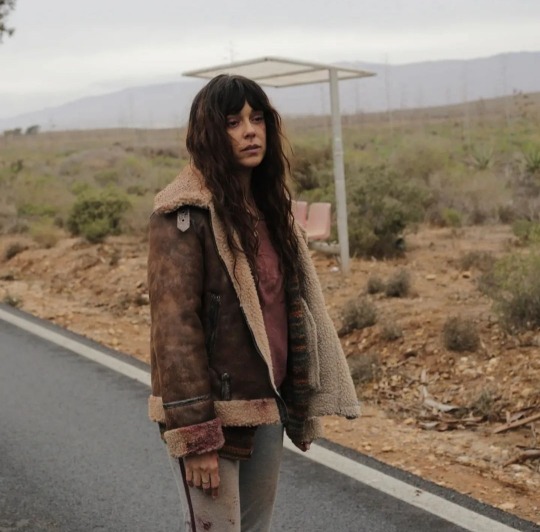





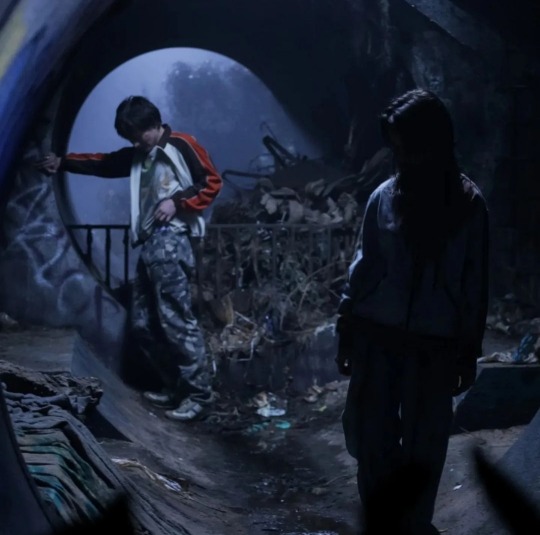

Romancero (2023) First Look
Cornelia and Jordán flee from the force of the law from powerful supernatural creatures and even from themselves.
Premiere: 30th November on Amazon Prime
Main Cast: Sasha Cocola (Jordán), Elena Matic (Cornelia), Belén Cuesta (Carmen), Alba Flores (Tábata), Ricardo Gómez (Sorroche), Guillermo Toledo, Julieta Cardinali, Malcolm Treviño-Sitté, María Córdoba (Chica Caterina), Chemi Hito (Topillo), Martín Paéz (Coletas)
#romancero#romancero 2023#upcoming series#sasha cócola#elena matic#belén cuesta#alba flores#ricardo gómez#guillermo toledo#julieta cardinali#malcolm treviño-sitté#maría córdoba#chemi hito#martín páez
6 notes
·
View notes
Text
youtube
🩸 Romancero 🩸 | Teaser Oficial | Prime Video España
Star: Elena Matic / Sasha Cócola
2 notes
·
View notes
Text
La Bien Querida - “De Momento Abril”
“Y me quedé sin palabras, porque no tuve ni tengo el valor de decirlo. Que me hubiera casado contigo, de habérmelo pedido”
2 notes
·
View notes
Text
tvrundown USA 2023.11.03
Friday, November 3rd:
(exclusive): Blue Eye Samurai (netflix, anime limited series premiere, all 8 eps), Daily Dose of Sunshine (netflix, Korean nursing drama, all 12 eps), The Tailor (netflix, Turkish drama, season 3 available, all 8 eps), Ferry: The Series (netflix, Belgian crime drama "Undercover" prequel, all 8 eps), Romancero (amazon, Spanish YA horror-romance, all 6 eps), Marvel Studios Legends (dsn+, "The Marvels" special, all 3 character eps), Rock & Roll Hall of Fame Induction Ceremony (dsn+, livestream in primetime), "BravoCon" (Peacock, BRAVO network event, livestream from Las Vegas + online content)
(movies, etc.): "How to Fall in Love by the Holidays" (Roku), "Fingernails" (apple+, original sci-fi romance), "Quiz Lady" (hulu, sister comedy w/ Awkwafina & Sandra Oh), "Vacaciones de verano" (netflix, Spanish family comedy, 100mins), "NYAD" (netflix, swimmer Diana Nyad docu-drama, ~2hrs), "Sly" (netflix, Sylvester Stallone retrospective doc, ~95mins)
(streaming weekly): Gen V (amazon, season 1 finale), Upload (amazon, next 2 eps), Invincible (amazon, adult animated superhero, season 2A opener), Bosch: Legacy (freevee, next 2 eps), Undead Unluck (hulu), Goosebumps (dsn+|hulu), Lessons in Chemistry (apple+), The Great British Baking Show (netflix)
(original made-for-TV movies): "Flipping for Christmas" (HALL, 2hrs), "My Son Didn't Do It" (LIFE, 2hrs++), "Hiding From My Husband" (LIFE, later, 2hrs)
(hour 1): Penn & Teller: Fool Us (theCW), Power Book IV: Force (Starz), Shark Tank (ABC), The Wall (NBC, gameshow season 5B opener, new night), Let's Make a Deal in Primetime (CBS, season 4 opener)
(hour 2): Fboy Island (theCW, season 3 contd, new timeslot), Shining Vale (Starz), Raid the Cage (CBS), "Rebuilding Black Wall Street" (OWN, part 6/6 finale)
(hour 3): Real Time with Bill Maher (HBO), Creepshow (AMC, ~68mins)
0 notes
Text
🖤 APOCALYPSE :)
● LYPS #011 ★ de momento abril by La Bien Querida & @miisd
♥︎ LBQ & © Pablo Zamora


14 notes
·
View notes
Text
🍂 8-10-2024
Went to school
Managed to behave when I was feeling mad and annoyed
Took Economy notes
Drew the Erechtheion and two theatres
Did some Maths exercises
Went to a restaurant for lunch with my parents
Studied for the test about Romancero gitano
Watched tv
🎧 Listened: She calls me back by Noah Kahan and Everywhere by Fleetwood Mac
👣 Walked: 4,9km
📖 Read: nine chapters of Winter by Marissa Meyer
#studyblr#studying#study#studyspo#study motivation#mine#study aesthetic#academia#diary#productivity#online diary#online journal#to do list#my day#she calls me back#everywhere fleetwod mac#greek architecture#greek art#romancero gitano
11 notes
·
View notes
Text
Dusk hangs by a shoulder, twirling its long cape oversea and small rivers. The olives stand waiting for the Capricorn night.
— Federico García Lorca, Gypsy Ballads/Romancero Gitano, to Margarita Xirgu, transl by Robert G. Havard, (1990)
#Spanish#Federico García Lorca#Gypsy Ballads#Romancero Gitano#Robert G. Havard#(1990)#Margarita Xirgu#Astrology#Capricorn
33 notes
·
View notes
Text
Flipando con el tema de Masterpiece de @bei-xxx y @gamberroymaleante, porque lo tenía en mi lista de lecturas kkothianas (así es, una buena stalker apunta temas que se quiere zampar), y no puedo dejar de chillar imaginando su diálogo con todo lujo de detalles. Escalofríos con:

Y con:

Me torturáis con tanta belleza.
#oc: zirian calohan#oc: vesstan gilkas#kkoth#pure beauty#vibes del romancero gitano? así es#masterpiece es cómo escribís
11 notes
·
View notes
Text

Ricardo Gómez
3 notes
·
View notes
Text
Crimen sin cadáver
Crimen sin cadáver #aperturaintelectual #palabrasbajollave @tmoralesgarcia1 Thelma Morales García
#AperturaIntelectual#palabrasbajollaveAI#Arte#Barrancos de Víznar#Crimen sin cadáver#Cultura#Dibujante#Escritor y pintor Federico García Lorca#Federico García Lorca#Granada. España#Guerra Civil española#Libro "Bodas de sangre"#Libro "La casa de Bernarda Alba"#Libro "Poeta en Nueva York"#Libro "Romancero Gitano"#Libro "Yerma"#Luis Buñuel#Personajes#Poesía#Rafael Alberti#Salvador Dalí#Thelma Morales García
3 notes
·
View notes
Text

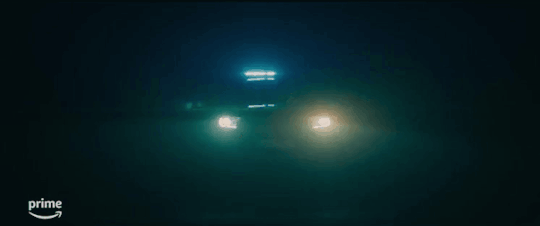

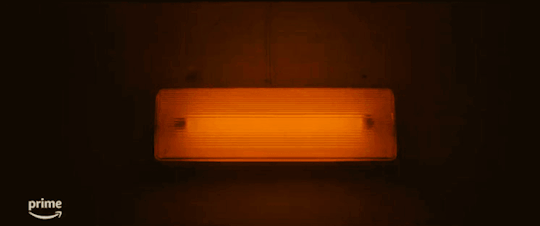
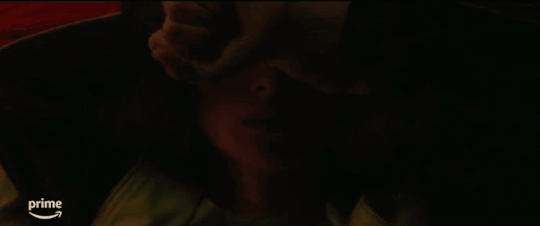

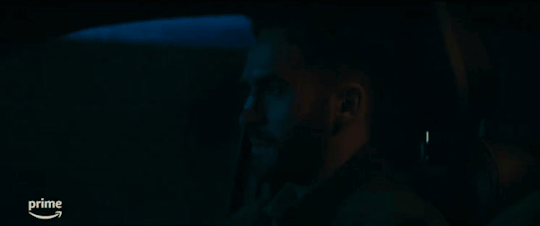
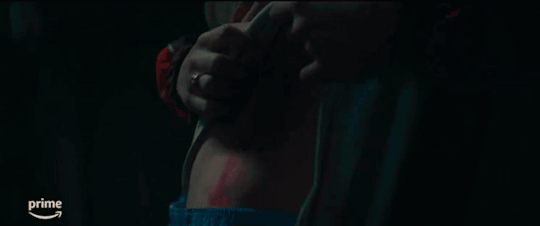

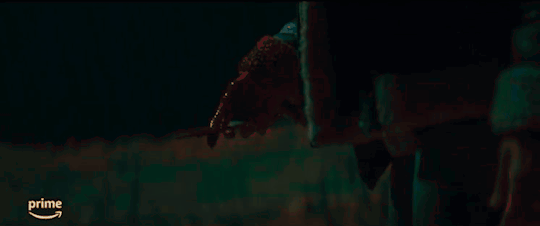
Romancero (2023) Teaser trailer
#romancero#gifs#romancero 2023#upcoming series#teaser trailer#sasha cócola#elena matic#alba flores#belén cuesta#ricardo gómez#guillermo toledo
2 notes
·
View notes
Text
youtube
🩸 Romancero 🩸 | Tráiler oficial | Prime Video España
Star: Alba Flores / Belén Cuesta / Txunamy Ortiz
0 notes
Text

"Huye luna, luna, luna.
Si vinieran los gitanos,
harían con tu corazón
collares y anillos blancos"
#federico garcía lorca#spanish literature#literatura española#poesia#poetry#romancero gitano#literature
5 notes
·
View notes
Text
La mañana de San Juan
El 24 junio, la Fiesta de San Juan Bautista, se celebran muchas comunidades en el mundo hispanohablante y en muchos países historicamente católicos. Hoy no me interesan mucho las prácticas culturales, muy variados, con los cuales se celebra este día, pero hay dos prácticas comunes que valen la pena mencionar: el de encender fogatas y el de saltar los fuegos para cumplir deseos. Estas prácticas ni se practican universalmente, ni son únicas a esta fecha festiva. Pero aquí las apunto por si luego quiera volver a examinarlas.

Para mí, por lo menos hoy, más interesante es el uso de esta fecha en el Romancero Viejo, una colección de poemas folclóricas de la Península Ibérica de la Edad Media. Nos han llegado más en castellano temprano, posiblemente por el método en que se coleccionaban (aunque eso es puramente una adivinanza mía--seguro que extisten en astur-cantábrico y en gallego-portugués y navarrense y los demás, ¿por qué no los tenemos? O por lo menos, ¿por qué no los tengo yo?). En esta colección de poemas, originalmente coleccionado en forma escrita en los siglos XIV y XV, el día de San Juan es un leit motif. Según Díaz González, es muy útil de marcar una fecha en el medio de verano, pero además es una octasílaba conviniente.
Díaz González también identifica tres temas asociadas con el día de San Juan--el amor, los juegos de combate, y la mágia. Cita como ejemplo del primero "Yo me levantara, madre" (Díaz Roig #100, p. 268), de la segunda "La mañana de San Juan" (#6, p. 91), y de la tercera "La flor del agua" (Según Díaz Roig, de la tradición oral moderna, y en su apéndice, X).
Todo eso es para introducir una lista de poemas del Romancero Viejo que contienen referencias a ese día, posiblemente en preparación para un proyecto de más sustancia, más interés, y más creatividad luego. Para encontrarlos, voy a la página de abajo y ctrl+F "Juan," y entonces intento encontrar el poema en la edición de Díaz Roig (citado abajo, también).
Del alcaide de Antequera (#5, p. 89)
La mañana de San Juan (#6, p. 91)
De don García (#36, p. 140)
Del conde Grimaltos (#75, p. 213)
Arriba, canes, arriba (#87, p. 247)
Del conde Guarinos (#92, p. 252)
Yo me levantara, madre (#100, p. 268)
Del conde Arnaldos (#128, p306)
Mención honorífica: Del prior de San Juan (#33, p. 136)--no se trata de la fecha, sino un lugar geográfico, pero a lo mejor resulte interesante para mi proyecto.

Puede que haya más--mi metodología está lejosísimo de perfecto--pero para una vista inicial, eso es suficiente.
También hay que mencionar el artículo "Fiestas de San Juan en la Poesía Española," por J. Salvador y Conde, que ya ha caminado por el sendero que voy siguiendo.
6 notes
·
View notes